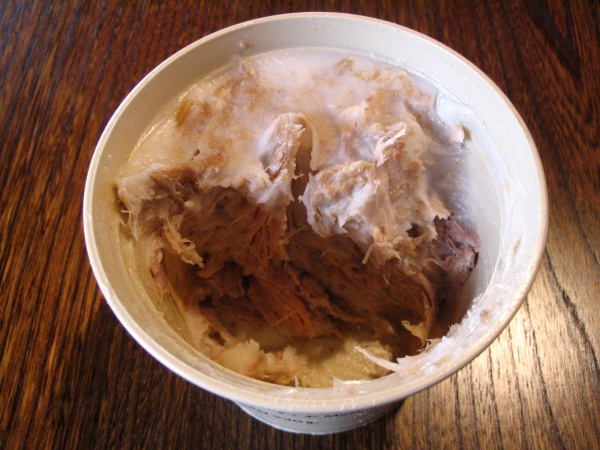Facts About Rillettes
Rillettes is a classic French method of preserving meat, closely related to confit. The process involves seasoning the meat, slow-cooking it in fat for hours, and then shredding and packing it into containers with a layer of fat on top. While pork is the most common choice, rillettes can also be made with meats such as goose, duck, chicken, game birds, rabbit, and even fish. The best way to enjoy rillettes is at room temperature, spread on toasted bread.
Certain regions in central France, such as Sarthe (Le Mans), Tours, and Anjou, are renowned for their rillettes. The term "rillette" refers both to the finished product and the way it looks when spread on bread. Traditionally, it is made using fatty cuts of pork like belly or shoulder. The meat is cut into cubes, salted, cured, slow-cooked until tender, shredded, and then mixed with the cooking fat to create a rustic paste. One of the great advantages of rillettes is that they can be stored for months.
There are many variations of rillettes, including seafood versions made with anchovy, tuna, and salmon. In these versions, the fish is blended with fat to create a spreadable paste. The texture is vital in determining the quality of rillettes.
Different regions have their own takes on rillettes. For example, pork rillettes from Tours and Anjou are known for their rich texture and color, while those from Sarthe are more rustic, featuring larger pieces of pork and a paler color. In Quebec, a similar dish called cretons is popular.
The word "rillettes" has been in use since 1845. It originates from Old French words meaning a slice of pork and is related to English words like "rail" and "ruler" which refer to straight strips of wood.

 Belgium
Belgium